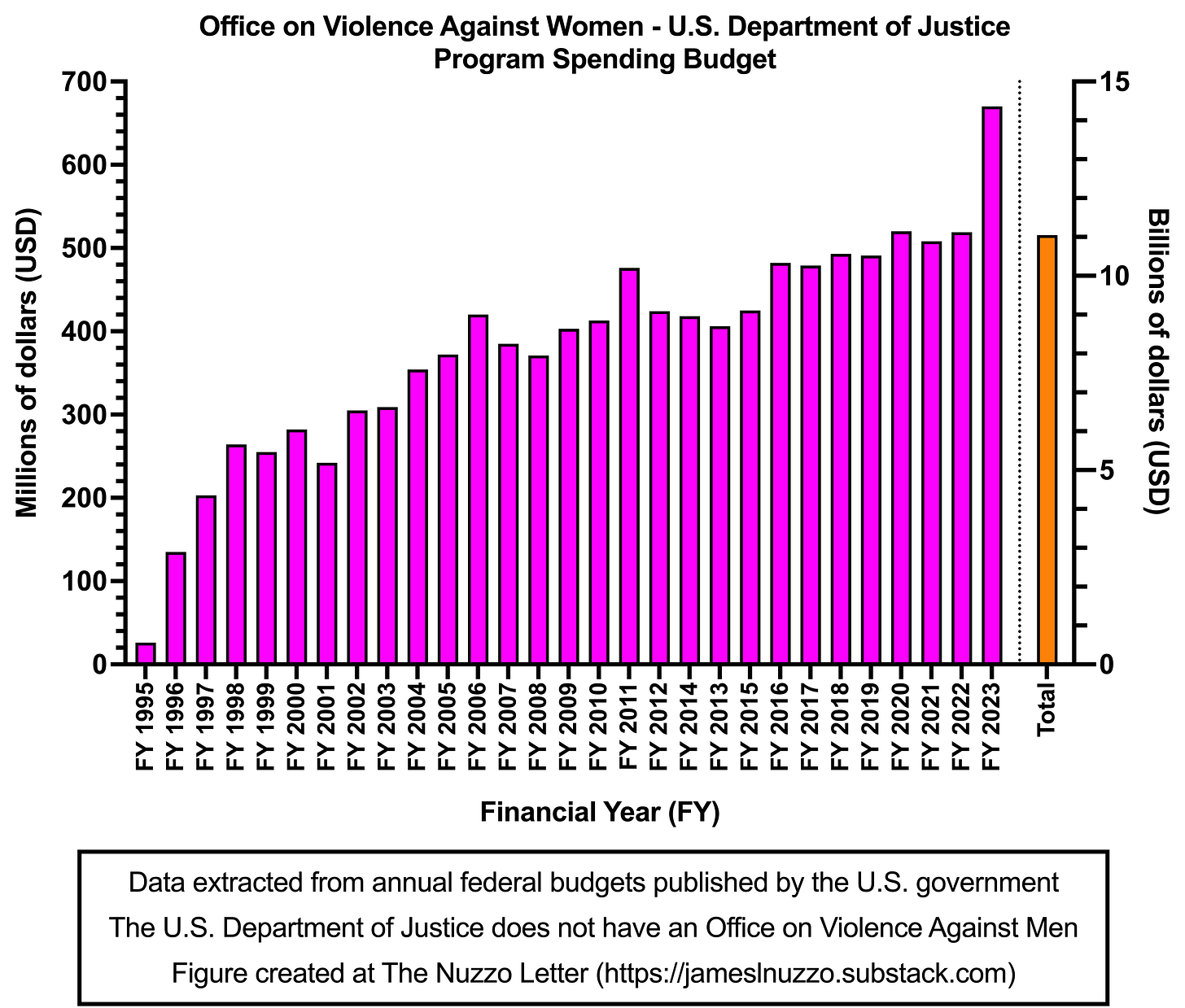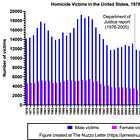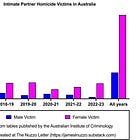This week’s graph shows the program spending budget for the Office on Violence Against Women in the United States (U.S.) Department of Justice in financial years (FY) 1995-2023. The pink bars display the budget for each FY. The pink bars are associated with the left y-axis and are measured in millions of U.S. dollars. The orange bar on the far right represents the total budget from FY 1995-2023. The orange bar is associated with the right y-axis and is measured in billions of U.S. dollars.
Key Points
Spending budgets for the Office on Violence Against Women have generally ranged from $200-500 million per year for most of the Office’s history.
Funding for the Office increased noticeably to $670 million in FY 2023.
Since FY 1995, the Office on Violence Against Women has had a total program spending budget of $11 billion.
Bonus Commentary
The Office on Violence Against Women was founded in the U.S. Department of Justice in 1995 after Congress passed the Violence Against Women Act (VAWA). To my knowledge, no one has previously attempted to identify and reveal the budget of this office over its history.
On their website, which was last updated on August 29, 2024, the Office on Violence Against Women states that the Office has, over its history, awarded “more than $10.5 billion in grants” as part as a “multifaceted approach to implementing VAWA.” The number provided by the Office is consistent with the total of the year-by-year data presented in the graph above.
Three other points for consideration:
The estimated program spending budgets for the Office on Violence Against Women in the federal budgets for FY 2024 and FY 2025 were $1 billion and $800 million, respectively. I did not graph those values because they were estimates. The “actual” program spending values for those years will be published in future federal budgets. Nevertheless, for FY 2024 and 2025, I expect spending to be equal to or more than in FY 2023.
The data in the graph do not account for government spending for violence against women programs or research associated with other government agencies, such as the National Institutes of Health. Thus, total government spending on violence against women will be greater than what is presented in the graph.
The U.S. Department of Justice has never had an Office on Violence Against Men. The existence of an office for female but not male victims of violence is misaligned with the reality of violence in the U.S. For example, males are more likely than females to be victims of homicide. Males also comprise about 1 out of every 3-4 victims of intimate partner homicide, and men and women are roughly equal proportions of men and women are victims of intimate partner violence. Violence against men is one reason why male life expectancy is significantly shorter than female life expectancy in the U.S.
Sources
I extracted data from annual federal budgets published by the U.S. government here. I obtained “actual” spending data from the federal budgets published two years after the year of interest. For example, the “actual” 2012 budget for the Office is published in the 2014 federal budget.
Also, between FY 1995-2003, the way that the relevant data were presented in federal budgets differed from later years. In the earliest years of the Office, federal budgets contained itemized lists of programs. In later years, a given federal budget would consolidate these line items into one larger budget figure. Below is an example of line items from the 2003 budget that I summed to obtain the Office’s “actual” total program spending budget for 2001:
Violence against women act: STOP grants
Violence against women act: Encourage arrest policies
Violence against women act: Rural domestic violence and child abuse enforcement assistance
Violence against women act: Training programs to assist probation and parole officers
Grants to reduce violence crimes against women
Enhancing protections for older and disabled women from domestic violence and sexual assault
Education and training to end violence against and abuse of women with disabilities
Related Content at The Nuzzo Letter
SUPPORT THE NUZZO LETTER
If you appreciated this content, please consider supporting The Nuzzo Letter with a one-time or recurring donation. Your support is greatly appreciated. It helps me to continue to work on independent research projects and fight for my evidence-based discourse. To donate, click the DonorBox logo. In two simple steps, you can donate using ApplePay, PayPal, or another service. Thank you!









Thanks for your work in putting this together James. It is a depressing number. This group claims to have public hearings on the VAWA and say they seek public feedback. Literally this is true....but the reality is that they don't want to hear squat. I went to DC to testify at one of their hearings and was shocked at how I was treated. They gave speakers like myself about 1 minutes to make their point and then they moved to the next person! They could proudly claim to have had public hearings but the reality is that they didn't. The word bigot fits them llke a glove.
bigot /bĭg′ət/
noun
One who is strongly partial to one's own group, religion, race, or politics and is intolerant of those who differ.
A hypocrite; esp., a superstitious hypocrite.
Similar: hypocrite
Thanks, James. NCFM has sued the Selective Service System. I hope they can sue for VAWA. Or maybe just VAWA in one state.